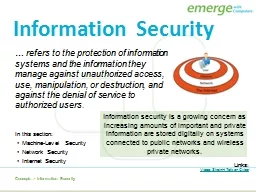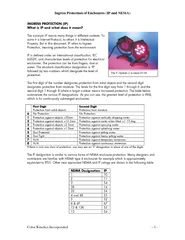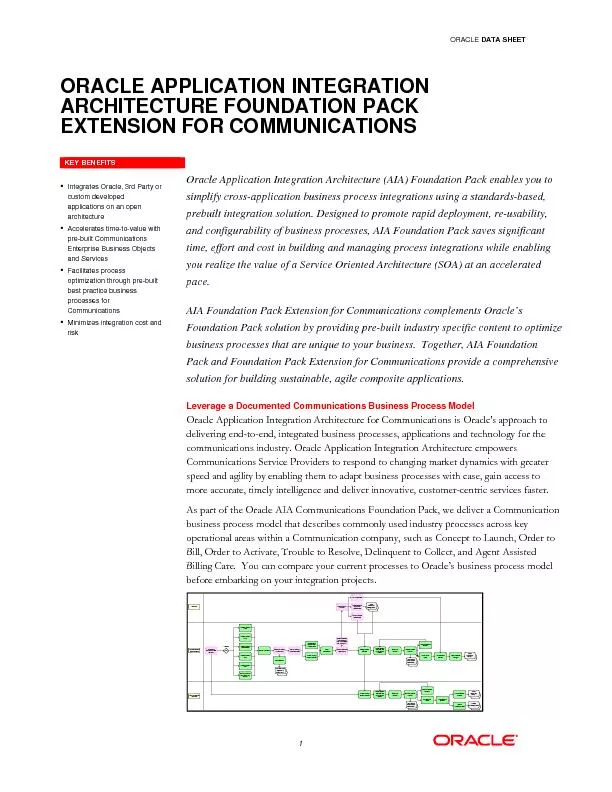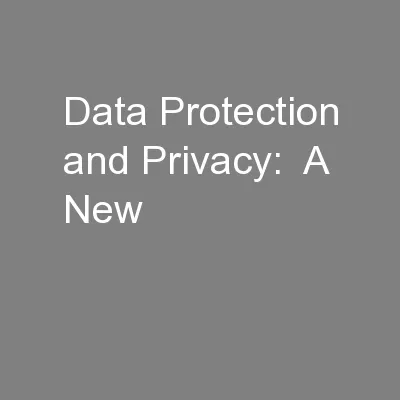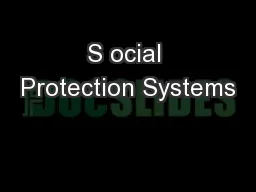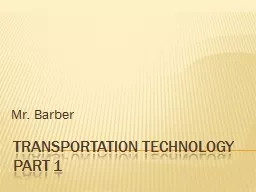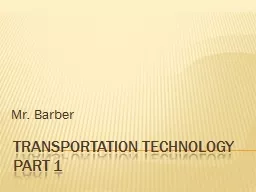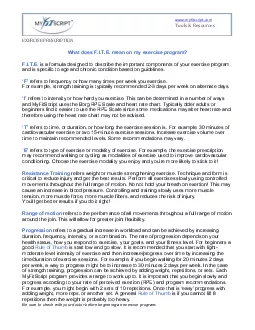PPT-… refers to the protection of information systems and the information they manage
Author : pasty-toler | Published Date : 2018-11-08
Links Video Straight Talk on Cyber In this section MachineLevel Security Network Security Internet Security Information security is a growing concern as increasing
Presentation Embed Code
Download Presentation
Download Presentation The PPT/PDF document "… refers to the protection of inform..." is the property of its rightful owner. Permission is granted to download and print the materials on this website for personal, non-commercial use only, and to display it on your personal computer provided you do not modify the materials and that you retain all copyright notices contained in the materials. By downloading content from our website, you accept the terms of this agreement.
… refers to the protection of information systems and the information they manage: Transcript
Download Rules Of Document
"… refers to the protection of information systems and the information they manage"The content belongs to its owner. You may download and print it for personal use, without modification, and keep all copyright notices. By downloading, you agree to these terms.
Related Documents

